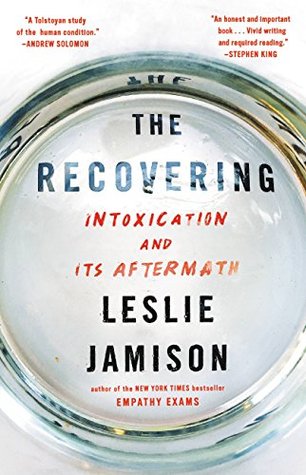More on this book
Community
Kindle Notes & Highlights
Read between
December 12, 2023 - February 9, 2024
In recovery, I found a community that resisted what I’d always been told about stories—that they had to be unique—suggesting instead that a story was most useful when it wasn’t unique at all, when it understood itself as something that had been lived before and would be lived again. Our stories were valuable because of this redundancy, not despite it. Originality wasn’t the ideal, and beauty wasn’t the point.
But I wanted to know if stories about getting better could ever be as compelling as stories about falling apart. I needed to believe they could.
I’d always suspected love came as a reward for saying the right things.
My ability to find drunken dysfunction appealing—to fetishize its relationship to genius—was a privilege of having never really suffered. My fascination owed a debt to what Susan Sontag calls the “nihilistic and sentimental idea of ‘the interesting.’” In Illness as Metaphor, Sontag describes the nineteenth-century idea that if you were ill, you were also “more conscious, more complex psychologically.” Illness became an “interior décor of the body,” while health was considered “banal, even vulgar.”
I had two longings and one was fighting the other,” Rhys once wrote in her journal. “I wanted to be loved and I wanted to be always alone.”
One problem with living as if your sadness takes up the whole world is that it never does—and the people who live beyond its borders often have needs of their own. At six years old, Maryvonne told a friend: “My mother tries to be an artist and she is always crying.”
The more you start to need a thing, whether it’s a man or a bottle of wine, the more you are unwittingly—reflexively, implicitly—convincing yourself you’re not enough without it.
Years later, I interviewed a clinician who described addiction as a “narrowing of repertoire.” For me, that meant my whole life contracting around booze: not just the hours I spent drinking, but the hours I spent anticipating drinking, regretting drinking, apologizing for drinking, figuring out when and how to drink again.
It’s nothing new, the desire to disrupt consciousness—to soften it, blunt it, sharpen it, distort it, flood it with bliss, paper over its disenchantments. The desire to alter consciousness is as old as consciousness itself. It’s another way to describe the act of living.
There’s no objective metric for how much brilliance might be required to redeem a lifetime of damage—and no ratio that justifies the conversion. Whatever beauty comes from pain can’t usually be traded back for happiness.
But I was surprised by the ways other people sought commonality, and at a certain point I realized I was the one projecting difference by assuming others felt it. Believing in what we shared didn’t have to make me blind to what we didn’t. Resonance wasn’t the same as conflation. It didn’t mean pretending we’d all lived the same thing. It just meant listening. People had gotten punched in the face for different reasons, but drinking had made all our bodies vulnerable.
Recovery reminded me that storytelling was ultimately about community, not self-deception. Recovery didn’t say: We tell ourselves stories in order to live. It said: We tell others our stories in order to help them live, too.


